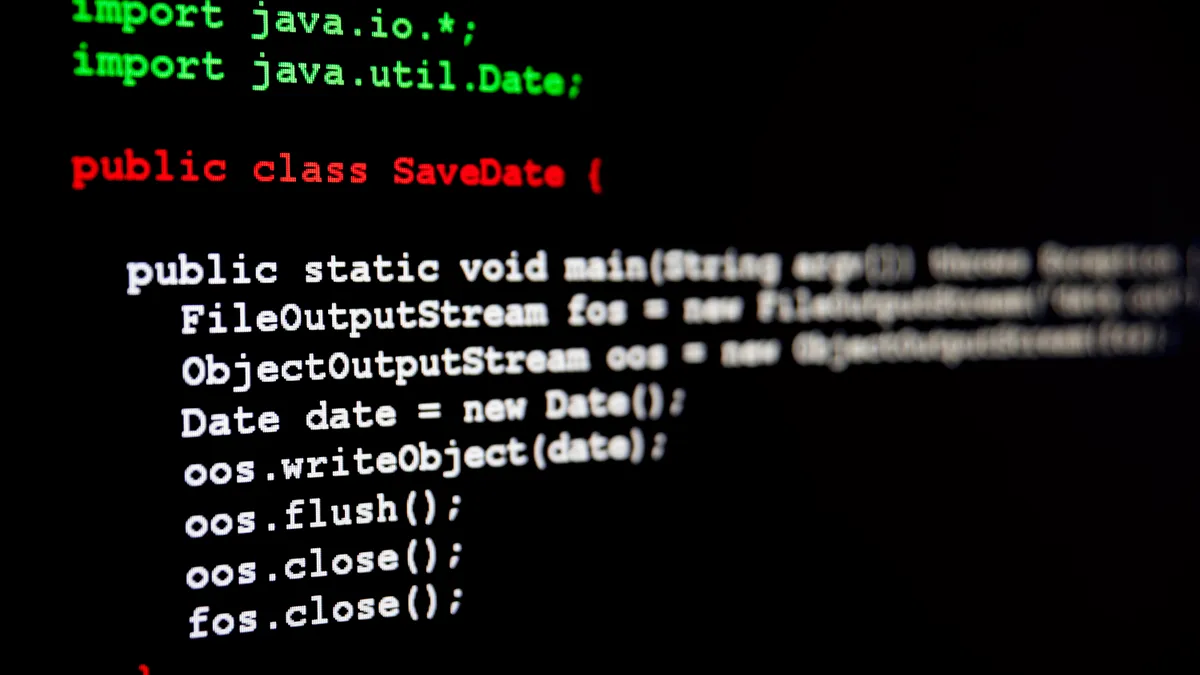Dive Brief:
- Expectations of developer output are on the rise as businesses embrace AI coding tools, according to a HackerRank report published Thursday. The company surveyed more than 13,000 developers across 102 countries.
- More than two-thirds of those surveyed said the adoption of AI tools has increased pressure to deliver on projects faster. Nearly one-third of code is AI generated, according to the report.
- The report also highlighted an increase in hiring for lead developer roles in 2024, up 22% year over year compared with a 7% increase for entry-level roles. Senior developer hiring also jumped 19%.
Dive Insight:
Generative AI promised enterprise leaders a major boost to worker productivity. But CIOs have grappled with failed pilots, talent constraints and pending IT modernization in their search for successful outcomes.
Despite the barriers, businesses have invested in what they quickly identified as a use case with potential for success: generative AI tools for software development. Last month, Walmart announced a broader deployment of AI coding tools, after initial rollouts shaved 4 million developer hours across the company. Citigroup also equipped 30,000 of its developers with AI coding tools last year, according to CEO Jane Fraser.
The AI adoption push is affecting hiring trends, as businesses favor more senior talent in their developer searches.
HackerRank partly attributes this change to to AI coding assistants, which reshaped the responsibilities of junior developers. Other factors are also at play, including higher employer expectations and a cautious return to hiring after a 2023 contraction in developer hires.
"These trends raise important questions about the long-term health of the developer pipeline — and whether companies are setting themselves up for future talent shortages," the company said in its report.
Interest in AI talent exists beyond the developer role. AI-savvy engineers command a salary premium above their colleagues without know-how in the technology, to the tune of 18%, according to a Dice report published in January. It's another sign of the increased demand for workers who can enable AI adoption for their businesses.
But it's also a reflection of the competition that exists to procure such talent. That mismatch between the available skills in the market and enterprise needs is expected to continue.
"By 2027 we will have maybe half of what we need in terms of the talent demand in the AI — broadly defined — area," Sarah Elk, partner at Bain & Co, told CIO Dive.
"The next generation of technology has the potential to inflect how we think about sustainable competitive advantages for every business in every sector," Elk added. "The skills that companies will need to take advantage of that opportunity are, and will continue to be, in incredible demand."












